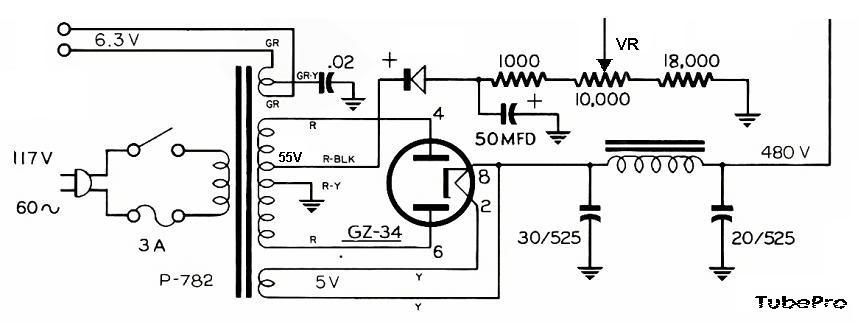Hot swappable? Well, yes if your hands can tolerate the hot tube!  WARNING: Safety first!
WARNING: Safety first!
I read somewhere in your post that you are already acquainted with ss electronics, tubes are easier but you must first learn respect for the voltages involved are extremely lethal. The second you don't respect tube circuits, it kills you. Please bear that in mind sir and you should be fine. I would recommend a much easier first project but I don't want to pre-judge your electronics skills so please just be careful with tubes.
Rectumfrier is actually Frank's joke at diyaudio when it comes to sand rectifiers. 
No, the selenium diodes is only used to derive a negative voltage which is used for biasing the grids of your output tubes (like in the ST70, etc...). The 1N4007 should be more than enough for the current of the negative bias circuit is so small. Be mindful of your polarities though, check your caps and diodes for correct polarity upon installation for a loss of this negative bias supply will result to the output tubes full conduction, you'll end up with red, hot, and glowing kt88 tubes!
There are other ways of biasing your output tubes, you can use the original one in the schematic or have a separate winding in your tranny, then use high voltage transistors to adjust and regulate the bias voltages. Or you can even employ the use of opamps as servo to have feedback and auto adjustment of your biasing. This technology is the backbone of Prima Luna's Adaptive AutoBias Circuit.
This is surely exciting stuff for new tube builders but lets take that for another lesson or your brain will be shell-shocked with enormous amounts of information.
I suggest you build them on a separate chassis, that way you won't need an ape or a gorilla to move your amp around the house. 
I also recommend you get in touch and invite TonyT who's also a member here, he's a no bullcrap guy and you'll learn a lot of electronics stuff from the man.
Good luck on your projects sir!
JojoD
Hahahaha….
Hi master J, now I know you’re not just a good techie guy, you also even have a good sense of humor…
Honestly, I don’t have any ape or gorilla here to carry on that block of irons and glasses over around the house. I’ll just use a trolley then.

Yes, I’m in the ss electronics as this is the career I’ve studied for, so I am more exposed to it and nothing with the tubes. I just started reading and researching on what really inside these glasses are.
I do some ss amps and reg psu designs in my earlier jobs, that’s why I found this tube circuit to be easier and less complicated as there are only few components comprising the whole working unit. Difference is that its components are more expensive (pricey!) and will be dealing with high voltages just like you’ve just said and it’s fatal.
I also sorted out some schematics to choose where to start with. I even found some famous brands using other tube, the EL34, just like the ST70 @ 35wpc. I saw the KT88 characteristics of having more power to push that made me decide to build this Dynaco MK3 project.
Still I'm in the 1st stage of gathering components and hope you’re just around in case I experience some troubles. Pls….

I will also try to get into TonyT's inbox to ask for some assistance along the way.
Other way of biasing sounds more interesting to me, as the original circuit is very simple and not that stable as the regulated one using transistors you’ve mentioned. Master J, from your point of view, how much negative voltage do you think should be derived from this original circuit to bias those KT88’s? (Considering from the PT specs that it is a 55vac tap)
here's the ckt:

Sorry sir, I hope I’m not getting much of your time here, sorry for the ff Qs:
Correct me if I’m wrong, should there be an approx -61.6 vdc when the 10-Kohm VR is at the center position? If that 55vac will be rectified to around -77.8vdc with the filter capacitor, 50uF.
As I remember in my early ohms law, (hehehe parang mejo kinakalawang na po kasi) with those resistive network, the circuit draws approx 2.68mA of current. And with VDT, voltage across the 18-kohm is approx -48.24v plus voltage @ 5-Kohm (which is the center of 10-Kohm VR) is approx -13.35v equals -61.59vdc.
Is this theorem also applicable here? Pki-correct nalang po based on your expertise.
Well if you have a better biasing circuit, would you mind sharing that to me, hehehe… Gusto ko po sir sana individual biasing for each KT88. Not like their original circuit, both output tubes share the same biasing adjustment.
Thanks much in advance Master J!
Mabuhay po kayo…
